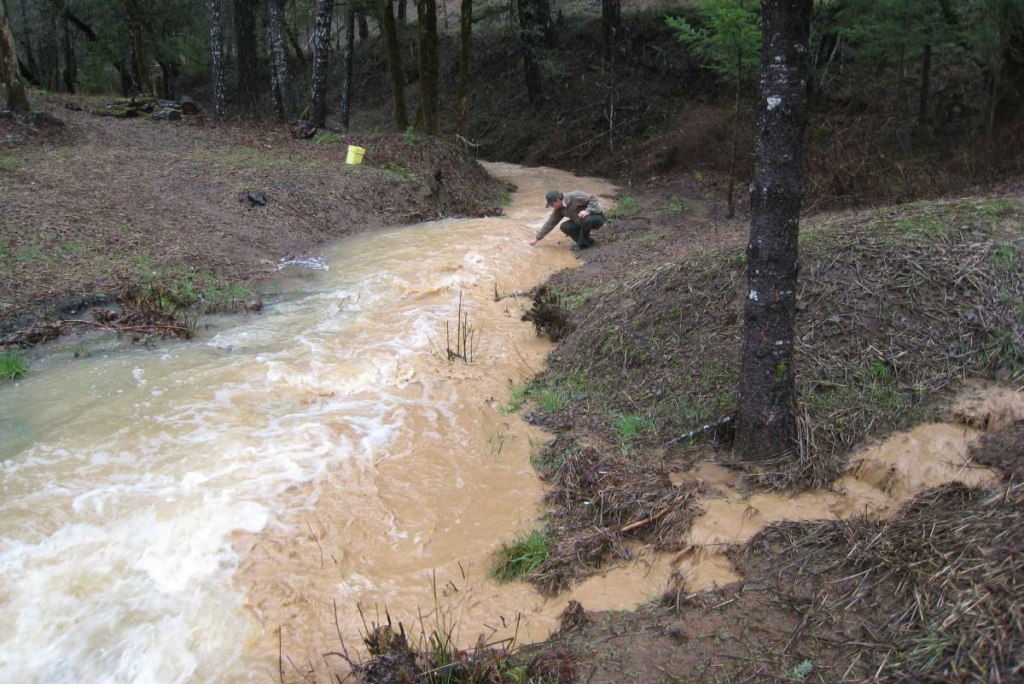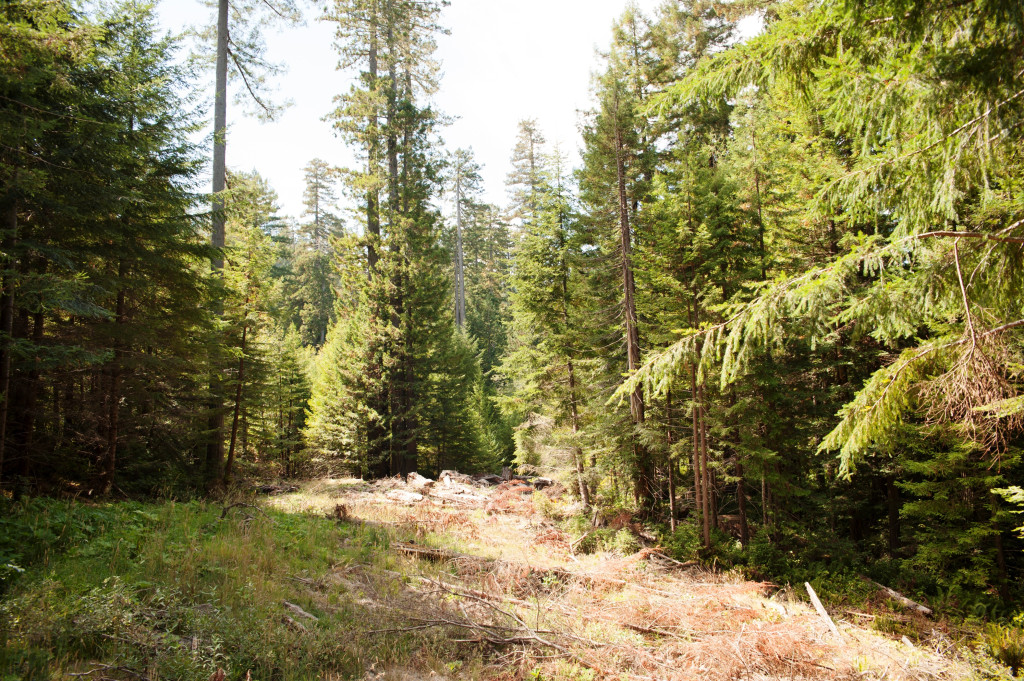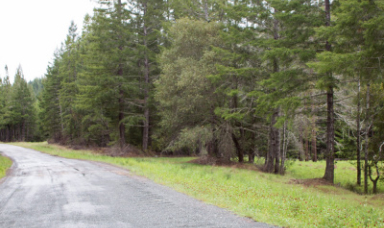Fix roads to abate erosion
Salmon and steelhead require clean gravel beds in which to lay their eggs and have them successfully hatch. Even where there is enough clean, cool water and gravel for salmon to succeed, they often encounter sediment-laden streambeds where the eggs are as likely to suffocate as hatch.
 Stream-choking mud and silt spill from an illegal cannabis growing operation in the North Coast of California © North Coast Regional Water Quality Control Board
Stream-choking mud and silt spill from an illegal cannabis growing operation in the North Coast of California © North Coast Regional Water Quality Control Board
The Problem
The thousands of miles of dirt roads across California can dramatically increase erosion of sediment into streams. Small sediments from these roads smother salmon nests (called redds), reduce food availability, and fill the pools that are vital to young salmon growing up. Sediment washed off roads can also fill in stream channels, making them wider and shallower and eventually hotter. Increasingly severe wildfires that strip our forests are also causing more sediment to pour into streams when the rains come.
 One year after decommissioning, native plants have grown on a former logging road at Headwaters Forest Reserve © Humboldt State University
One year after decommissioning, native plants have grown on a former logging road at Headwaters Forest Reserve © Humboldt State University
The Solution
Upgrade roads using the best management and design standards, decommission stream-side roads and restore forests to reduce risk of severe wildfires
These solutions exist and, if implemented over large areas, will lead to a dramatic reduction in the flow of sediment to streams and the deepening and cooling of pools, which increases habitat and food availability for salmon.
Examples
Mendocino-Humboldt Redwood Companies
 Mendocino-Humboldt Redwood Companies road restoration © Mendocino-Humboldt Redwood Companies
Mendocino-Humboldt Redwood Companies road restoration © Mendocino-Humboldt Redwood Companies
Resources
The Salmonid Restoration Federation promotes restoration and stewardship of California’s native salmon, steelhead, and trout populations and their habitat. Visit the Limiting Factors page on their website for additional information on addressing sediment as a limiting factor.
The Klamath Resource Information System (KRIS) pulls together maps, data tables, charts, photographs, and bibliographic resources into a PC-based computer program. For any designated watershed, KRIS organizes information relevant to fisheries and water quality so that it can be shared quickly and easily among agencies, private landowners, and citizens. Visit the Roads and Erosion page on their website for information on sediment and its impact on salmon habitat. See their Handbook for Forest and Ranch Roads for more information about upgrading roads using best management and design standards.

